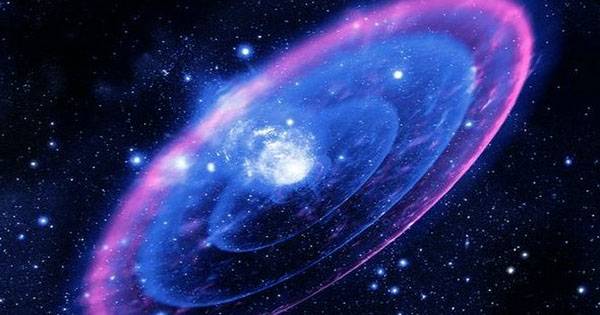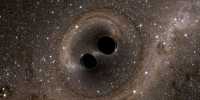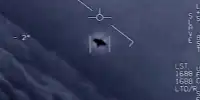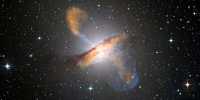The RS Ophiuchi star system goes nova every 15 years or so. As plasma is pushed out of the system at a high rate, it suddenly becomes much brighter. Astronomers were able to investigate the explosion in detail thanks to its regular behavior and two rapid gamma-ray telescopes. These events were discovered to be a source of cosmic rays. But first, let’s take a step back and discuss about RS Ophiuchi in general, rather than just that one instance. A massive red giant with loosely linked outer layers and a tiny and dense white dwarf, the degenerate core of a former red giant, make up the system. The two objects are parasitic on one other.
The red giant’s substance is stolen by the white dwarf. This process could eventually drive the white dwarf over a specific mass limit, causing it to explode as a supernova, destroying the star, although the system isn’t quite there yet. As the material is stolen, it heats up and has the potential to cause a thermonuclear explosion on the white dwarf’s surface. The explosion is referred to as a nova. The system, which is normally only viewable through a telescope, brightens to the point where it can be viewed with the naked eye.
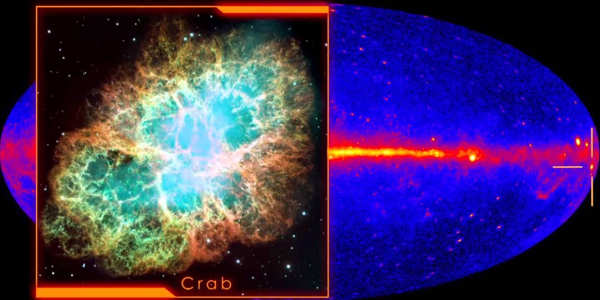
The explosion makes the white dwarf 100,000 times brighter than our Sun, according to Nature Astronomy, and the accreting material is ejected out. Researchers have been able to track the nova since August 8, 2021, using the MAGIC (Major Atmospheric Gamma Imaging Cherenkov) telescopes, and have discovered that the explosion pushed numerous protons to near the speed of light. In a statement, co-author David Green, a physicist at the Max Planck Institute for Physics, said, “This also makes nova explosions a source of cosmic rays.”
“However, they tend to play the role of local heroes, contributing only to the cosmic rays in the immediate vicinity. Supernova remnants are the main players in cosmic rays. When compared to novae, the shock fronts formed by stellar explosions are significantly more violent.” While supernovae can hurl cosmic rays all throughout the galaxy, novae only appear to effect a 30 light-year radius surrounding them.
The discovery, which was made possible by the MAGIC telescopes in the Canary Islands, provides new insight into these intense outbursts. “The dramatic outburst of the RS Ophiuchi demonstrates that the MAGIC telescopes’ quick responsiveness pays off: they relocate to a new target in less than 30 seconds,” Green explained.
